Baroque Music and Heavy Metal: Unlikely Allies in the Musical Realm
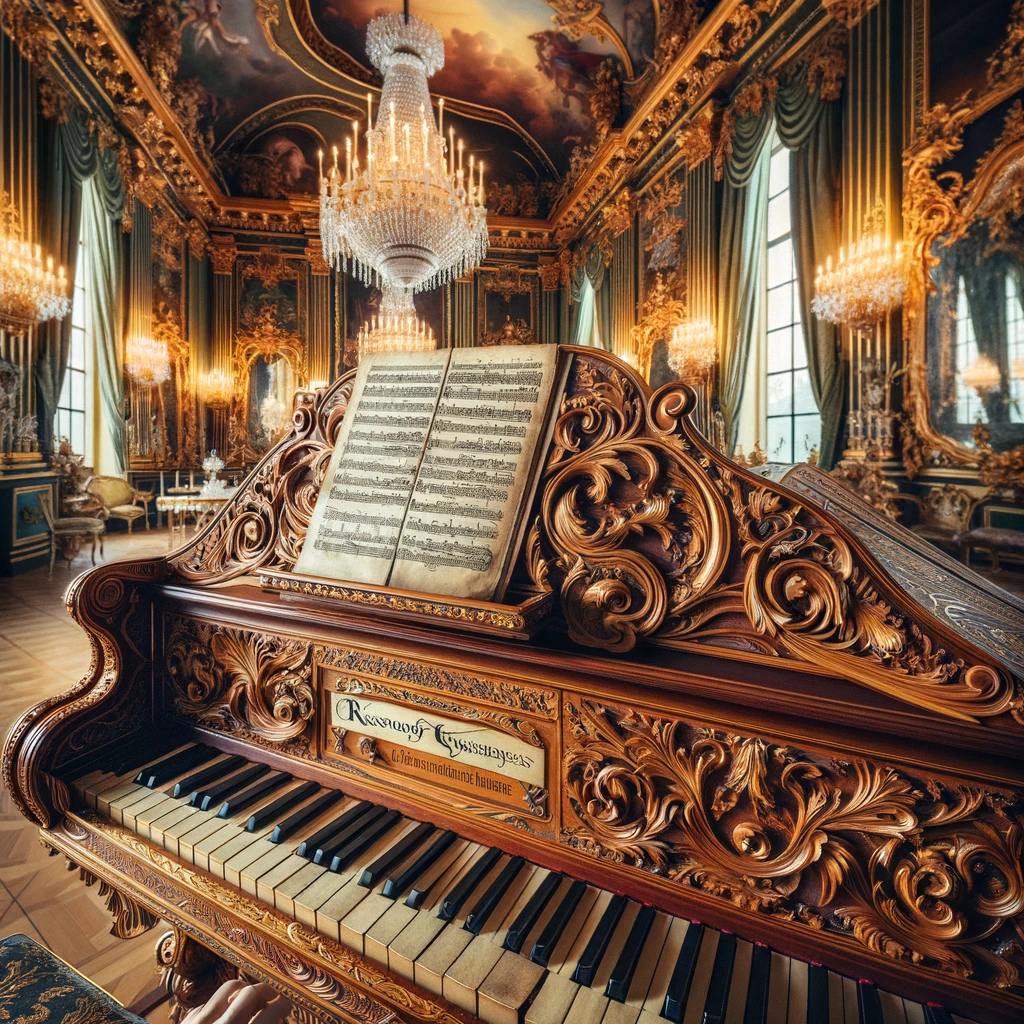
At first glance, Baroque music and heavy metal might seem worlds apart. The former conjures images of powdered wigs and ornate concert halls, while the latter evokes leather jackets and electrifying live shows. However, beneath their contrasting exteriors, these two genres share remarkable similarities that reveal a deeper, unexpected kinship. Both Baroque music and heavy metal push the boundaries of their times, emphasizing technical prowess, emotional intensity, and complex structures.
1. Technical Mastery and Virtuosity
Both Baroque music and heavy metal place a high value on technical skill and virtuosity. During the Baroque era (1600-1750), composers like Johann Sebastian Bach and Antonio Vivaldi wrote intricate pieces that required exceptional skill to perform. Baroque musicians were often celebrated for their ability to navigate these complex compositions with precision and flair.
Similarly, heavy metal demands a high level of technical proficiency from its musicians. Guitarists like Yngwie Malmsteen, known for his neoclassical metal style, and Eddie Van Halen, with his groundbreaking tapping techniques, exemplify the genre’s emphasis on speed, accuracy, and dexterity. The intricate guitar solos, rapid drum patterns, and powerful vocal performances in heavy metal reflect a commitment to musical excellence akin to that of Baroque musicians.
2. Emotional Intensity
Emotion is a driving force in both Baroque music and heavy metal. Baroque composers sought to evoke a wide range of emotions through their music, from the grandeur and triumph of Handel’s “Messiah” to the sorrow and introspection of Bach’s “St. Matthew Passion.” The use of dramatic contrasts, dynamic shifts, and expressive melodies was central to their approach.
Heavy metal, too, is known for its emotional intensity. The genre often explores themes of anger, rebellion, love, and despair, using powerful riffs, aggressive rhythms, and emotive lyrics to convey its message. Bands like Metallica, Iron Maiden, and Black Sabbath tap into the raw, visceral emotions of their listeners, creating a cathartic experience similar to that of Baroque music’s emotional journeys.
3. Complex Structures and Thematic Development
The structural complexity and thematic development found in Baroque music have a parallel in heavy metal. Baroque compositions often feature elaborate forms such as the fugue, where a central theme is introduced and then developed through intricate interweaving lines. This meticulous construction requires a deep understanding of musical theory and a creative approach to developing motifs.
In heavy metal, particularly in progressive metal subgenres, songs often break away from the verse-chorus structure common in popular music. Bands like Dream Theater and Opeth craft epic compositions that feature shifting time signatures, extended instrumental sections, and recurring thematic material. These pieces challenge listeners with their layered arrangements and demand multiple listens to fully appreciate their complexity.
4. Innovation and Pushing Boundaries
Both Baroque music and heavy metal are characterized by their innovative spirit and willingness to push musical boundaries. Baroque composers experimented with new forms, harmonies, and instruments, laying the groundwork for the development of Western classical music. Their adventurousness is echoed in the heavy metal genre, where artists continually seek to expand the sonic possibilities of their music.
Heavy metal has given rise to numerous subgenres, each exploring different facets of the metal sound. From the symphonic elements of bands like Nightwish, which blend orchestral arrangements with metal, to the technical prowess of djent bands like Meshuggah, heavy metal musicians push the envelope in ways that would resonate with the experimental spirit of Baroque composers.
Conclusion
While Baroque music and heavy metal may seem like polar opposites, they share a profound connection through their emphasis on technical skill, emotional depth, complex structures, and innovative approaches. By appreciating these similarities, we can gain a deeper understanding of how diverse musical genres can intersect, influencing and enriching each other across centuries. Whether it’s the ornate harpsichord of the Baroque or the screaming electric guitar of heavy metal, both genres offer a rich, immersive experience that transcends time and style.
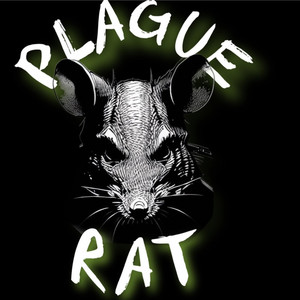






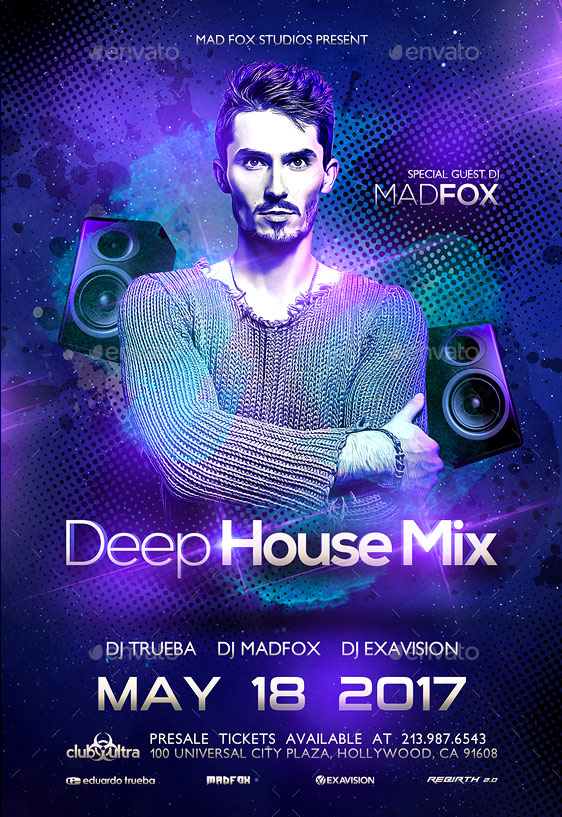
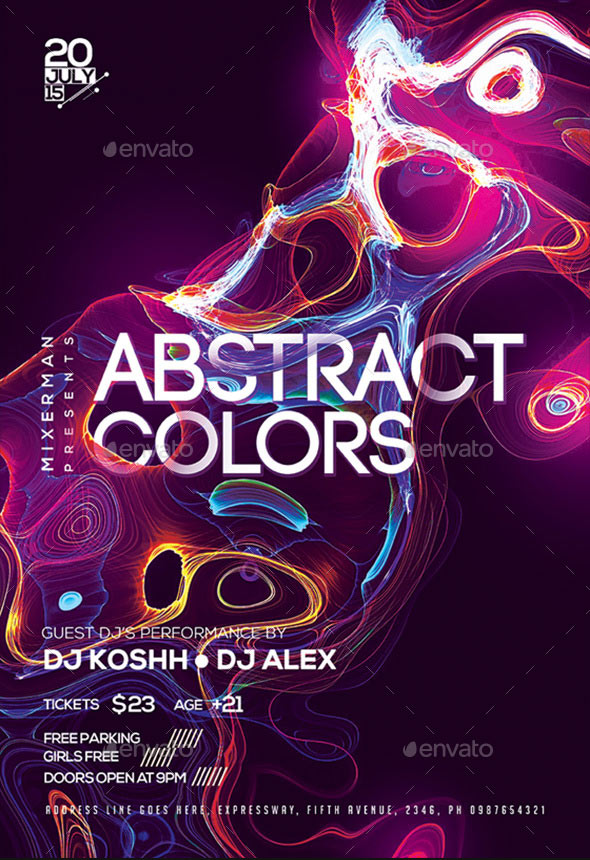

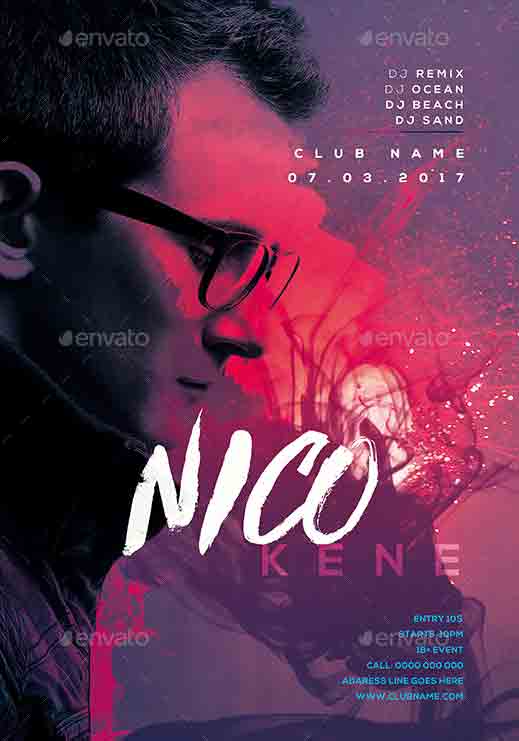

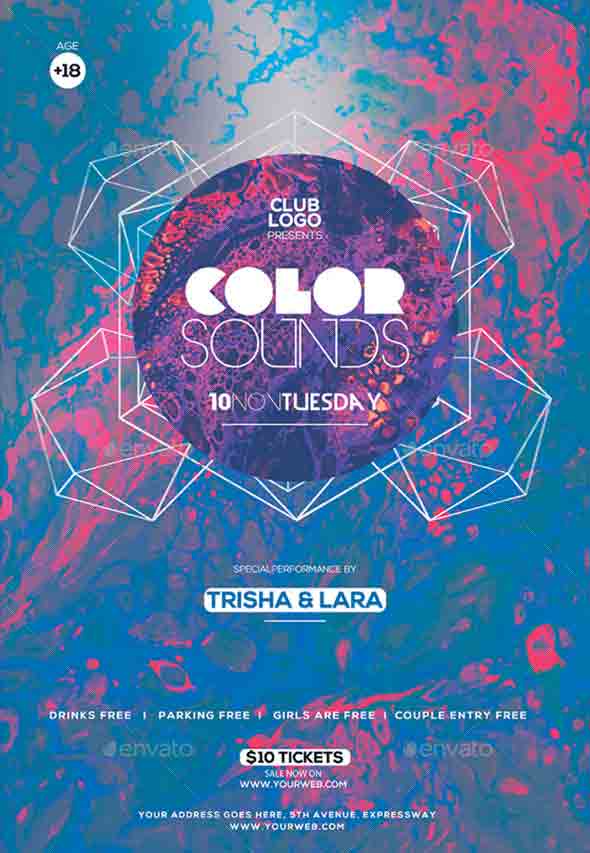

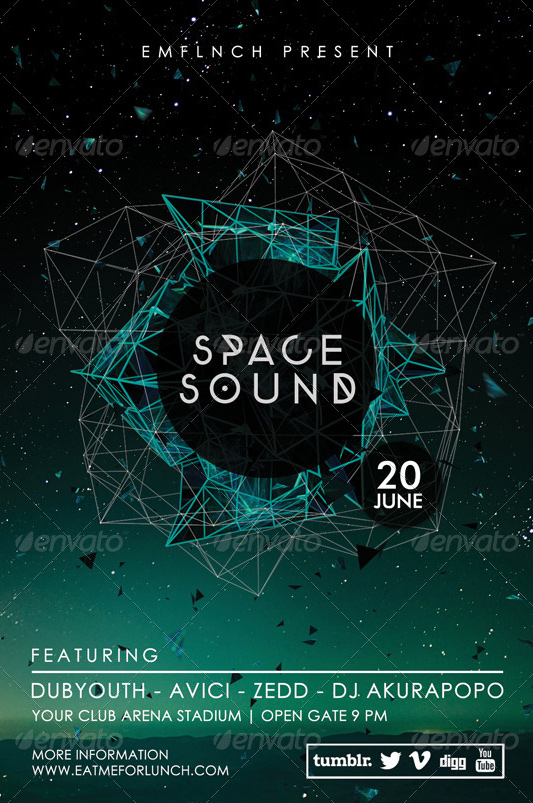
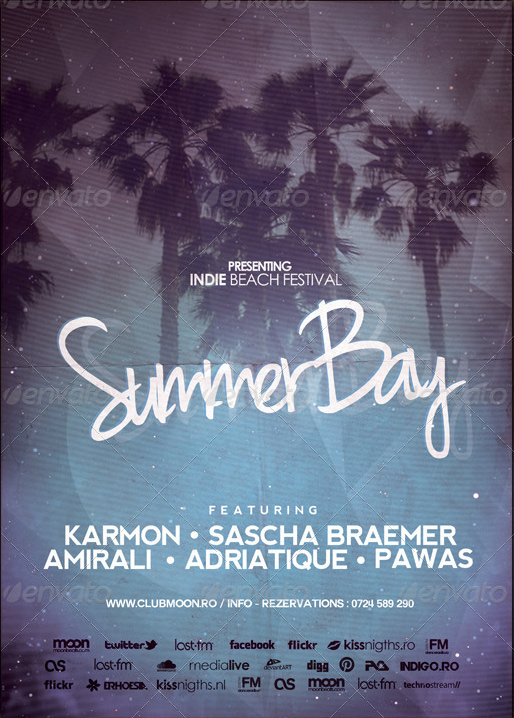

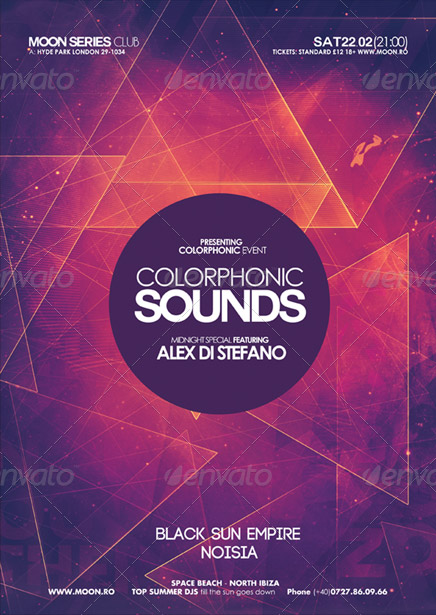
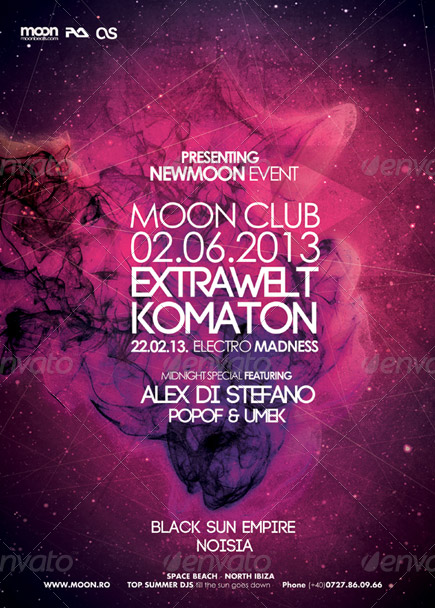
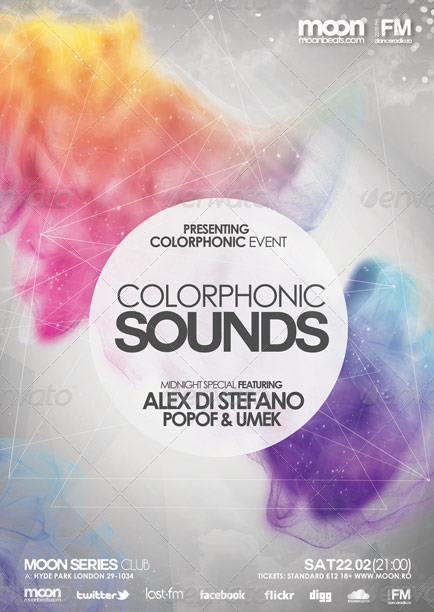
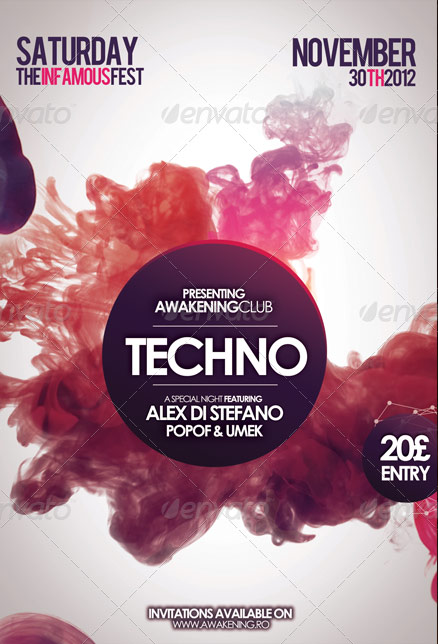
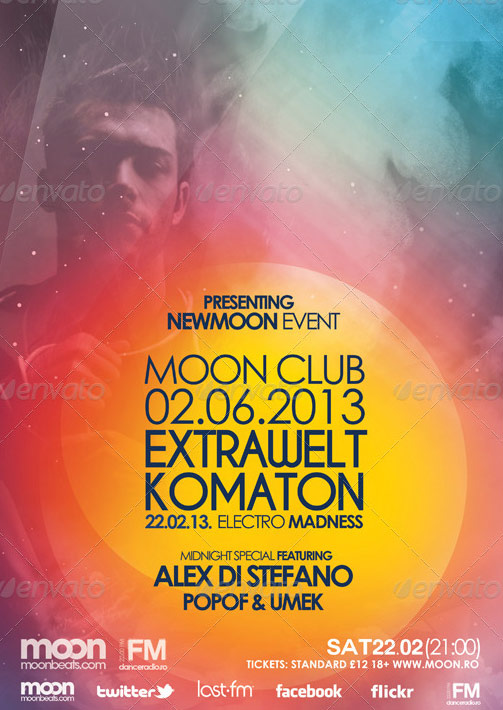

Comments
This post currently has no comments.